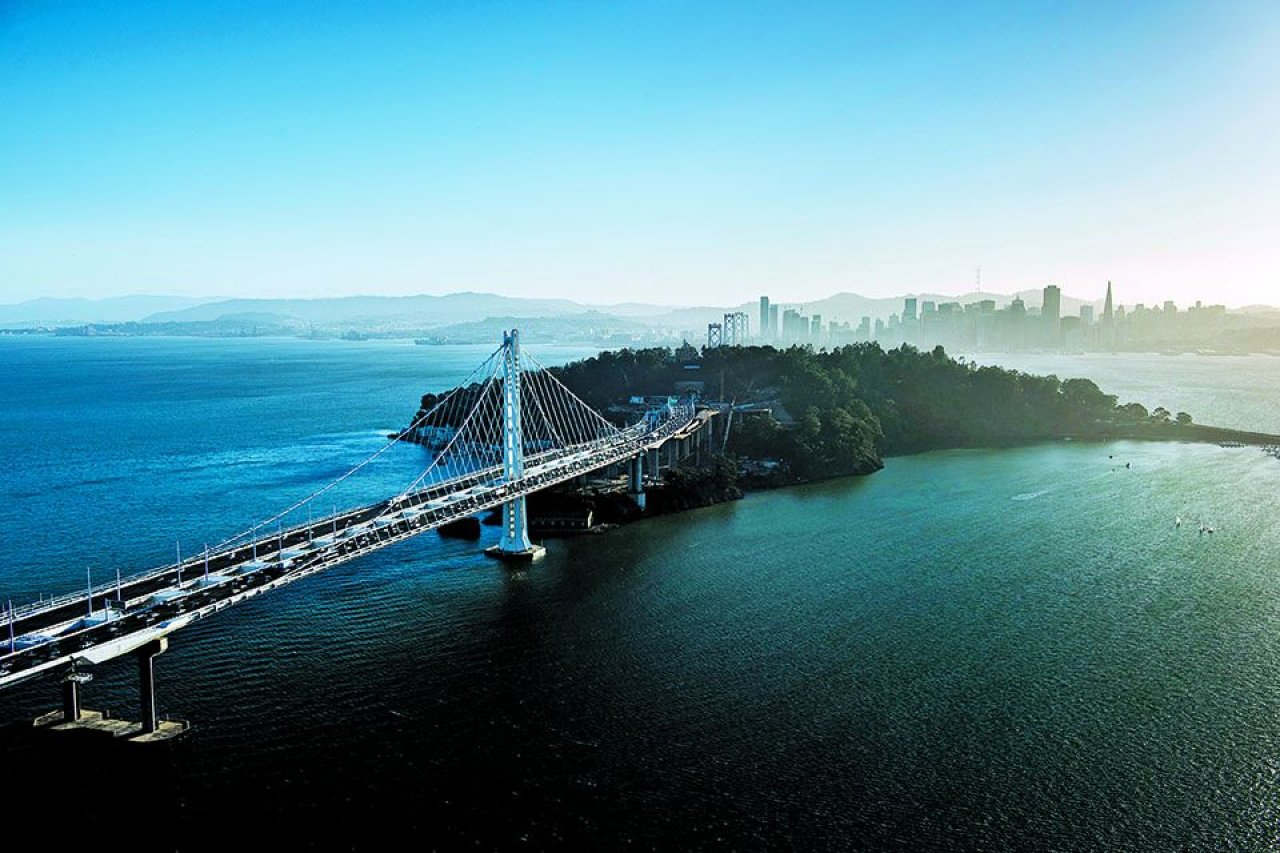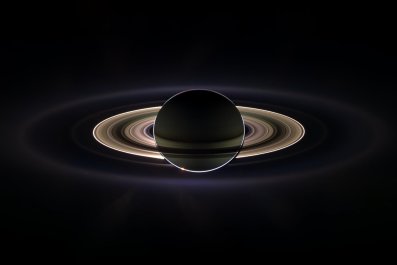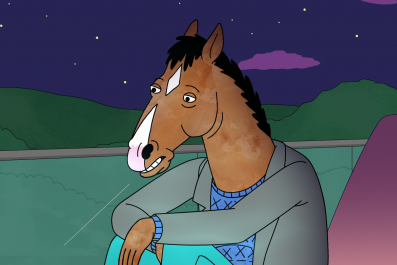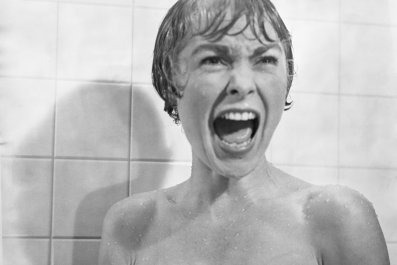At first, there was nothing but open water. Then silt, dredged from the Sacramento River, was dumped into San Francisco Bay and flattened to create a 400-acre island for the 1939 Golden Gate International Exposition. Because the Sacramento River, which flows into the bay, begins in the heart of gold country, some thought the new island might be made of gold. So they wishfully named it Treasure Island.
Traces of harmless radioactive materials remained from a brief chapter in the island's history—a naval station was erected in 1942 and used in part for nuclear decontamination training—but otherwise the island remained woefully underused until 2009, when the federal government sold it to San Francisco for $105 million. For a moment it looked like it might become the proposed site for the Lucas Museum of Narrative Art, a somewhat confusing concept from Star Wars creator and Bay Area resident George Lucas. But Los Angeles Mayor Eric Garcetti made a more persuasive case for his city. Again, the promise of gold was denied.
In an overcrowded city with the highest median residential rents in the country—$3,490 for a one-bedroom, nearly $500 more than what one would pay in New York—it's hard to figure out why it took so long to capitalize on the island's true treasure. But finally, thanks to a $5 billion investment, it will become a new San Francisco neighborhood, with tentative completion sometime around 2030. Perhaps even more surprising: Rents for 2,000 of the 8,000 planned housing units will be below market.
Jane Kim, one of the most progressive members of the city's plenty-progressive Board of Supervisors, says that the plan "isn't a goal; it's an obligation." If the proper number of affordable-housing units aren't included, new "permits won't get issued."
Kevin Conger, the noted Bay Area landscape designer who is working on the project, says his goal is to make the island, situated between Oakland and San Francisco, a public destination for everyone, and to have it resemble (in feel, if not in appearance) the city's Italian sector, North Beach. That neighborhood is a popular tourist attraction, but such a comparison limits the scope of Treasure Island. It's hard to think of another project in the world that intends to create so much out of so little.
The closest analogy might be the hypertrophied cities of the United Arab Emirates rising out of the desert. First-tier American burgs like New York, Los Angeles and San Francisco simply don't have empty space, which creates inevitable clashes between old-timers and newcomers when developers arrive.
Treasure Island is as close to true emptiness as anyone could hope for. The wondrous buildings of the Golden Gate exposition are long gone. The only structures that remain are three giant art modern hangars on the island's southern flank, vestiges of a proposed Pan Am airport.
"The opportunity here is that we're building a whole new neighborhood," says Kim. One that, in addition to housing, will include three hotels, a promenade with shops and dining, public parks and a large collection of public art. "It can't just be about private development," says Christopher Meaney, one of the island's developers. "How do we give it culture? How do we infuse it?"
By allocating $50 million to public art. How the money is spent will be determined entirely by the San Francisco Arts Commission, and that lack of restriction, in addition to the sizable sum, makes Treasure Island one of the largest municipal investments in fine arts in the country. By comparison, Los Angeles recently struggled to figure out how to free $7.5 million in public art funds that were tied up in city legislation.
The plan will favor artists who "consider the island's unique vantage point in the bay, amidst the Bay Bridge, San Francisco and the East Bay and the notion of art on the edge, where the land meets the sea," says Jill Manton, the arts commission's director of public art trust and special initiatives, who has begun to accept applications. Commissions will come with grants of $1 million to $2 million, and there will be no geographic restrictions, so conceivably you could find the work of superstars like Ai Weiwei or Christo.
The island sells itself, really; what artist wouldn't want to create work for so astonishingly varied an exhibition space? The Avenue of the Palms looks out over the San Francisco skyline, offering an enticing backdrop for art to play off the new skyscrapers and ancient hills that mark this ever-changing city. Farther north, a point juts out toward the Golden Gate. Swept by gusts from the Pacific, it suggests the prow of a ship. Manton believes such "unique ecology and environmental conditions—an island in the middle of the bay" offer artists inspiration.
My suggestion? On the island's point, a giant statue of Stephen Curry hoisting a 3-pointer into the stratosphere.















